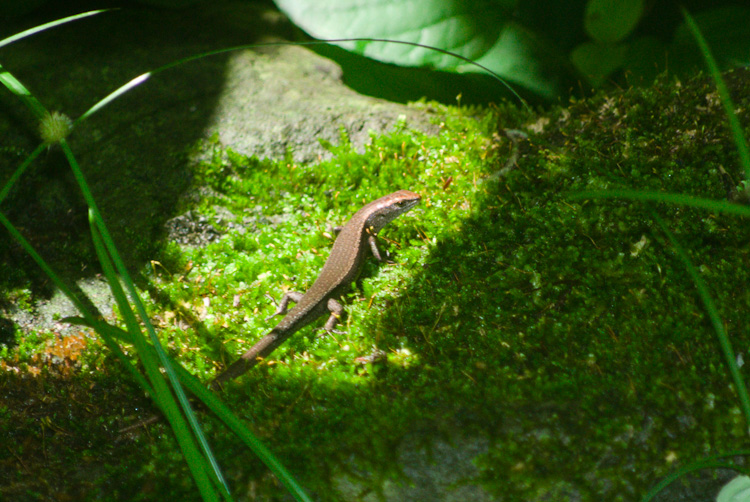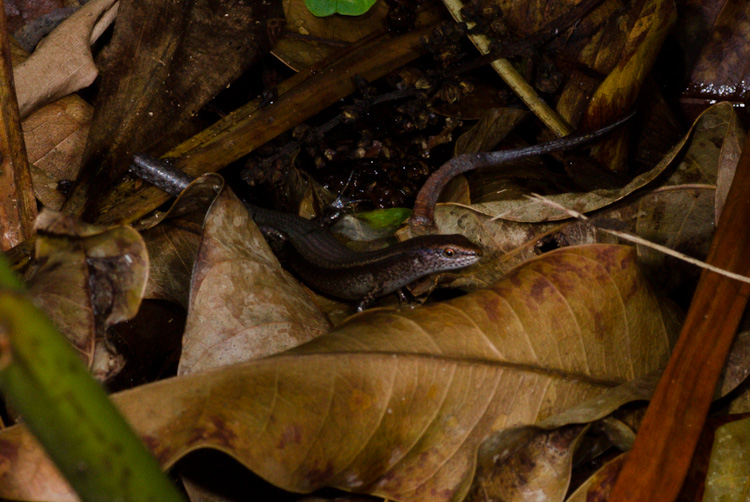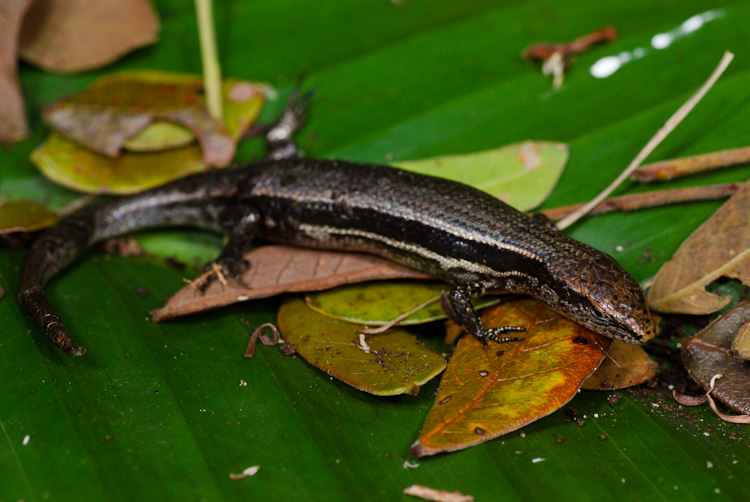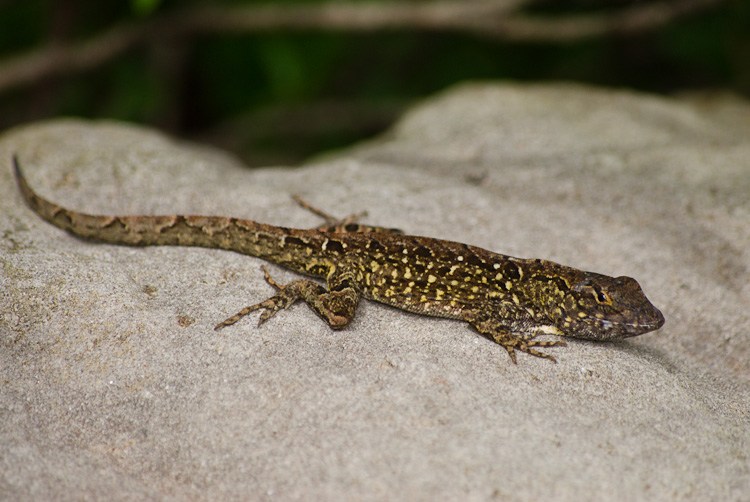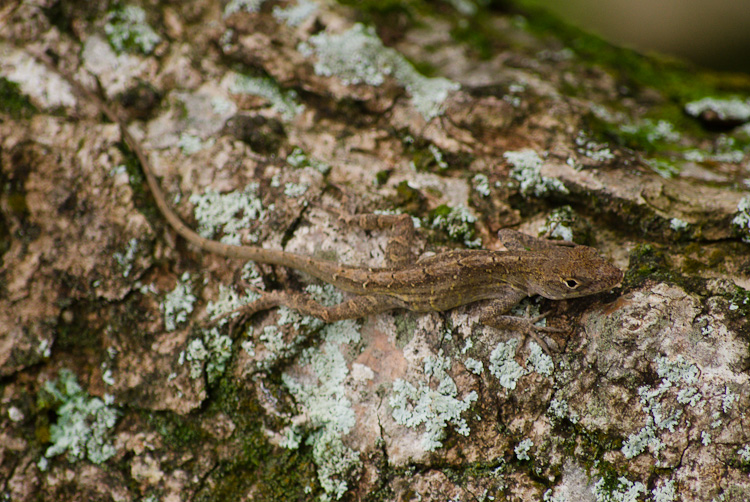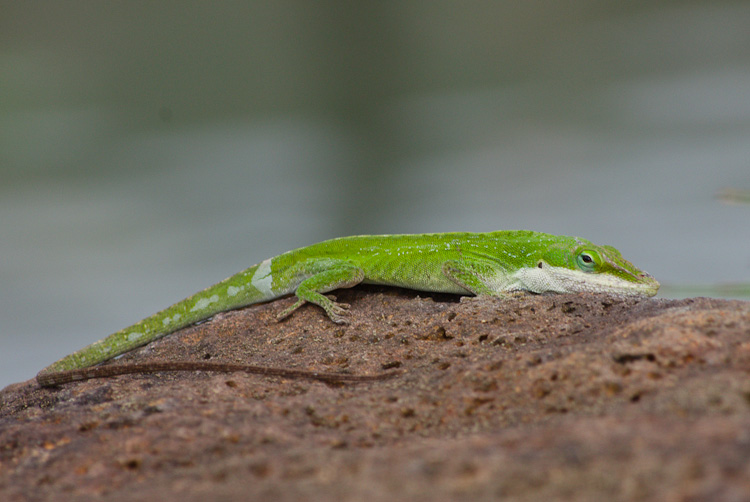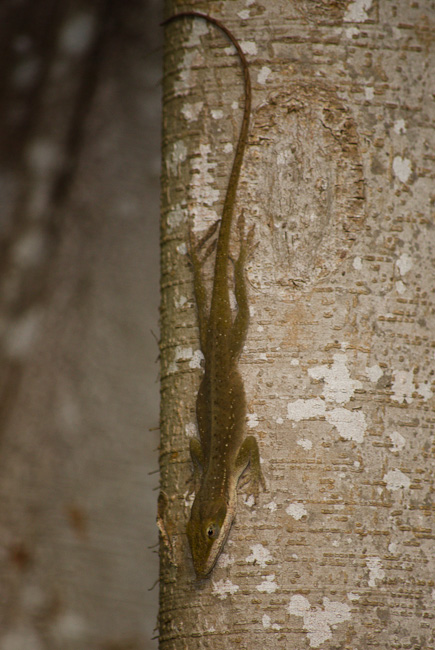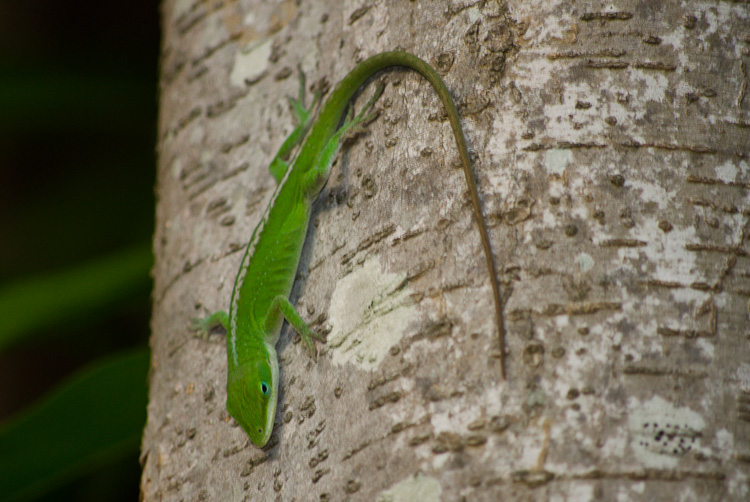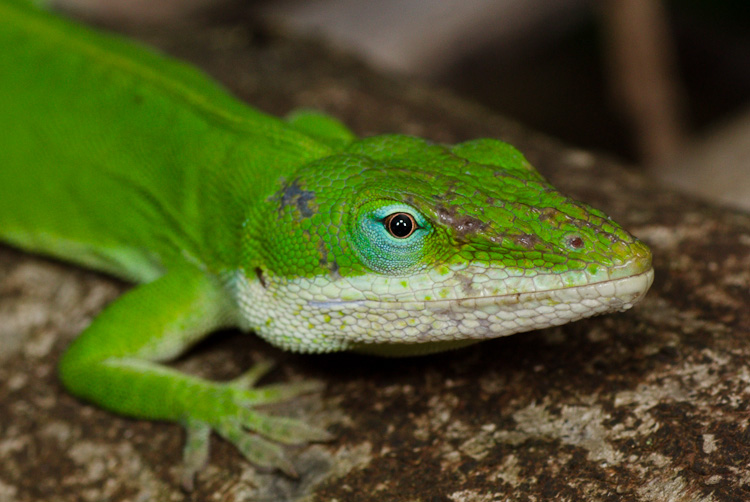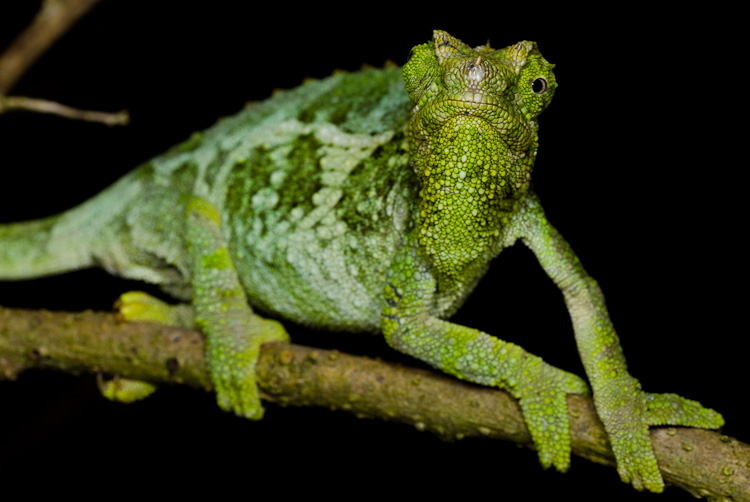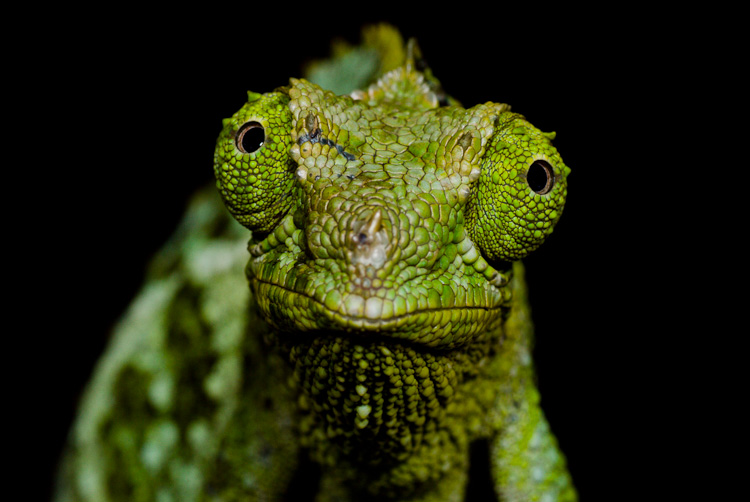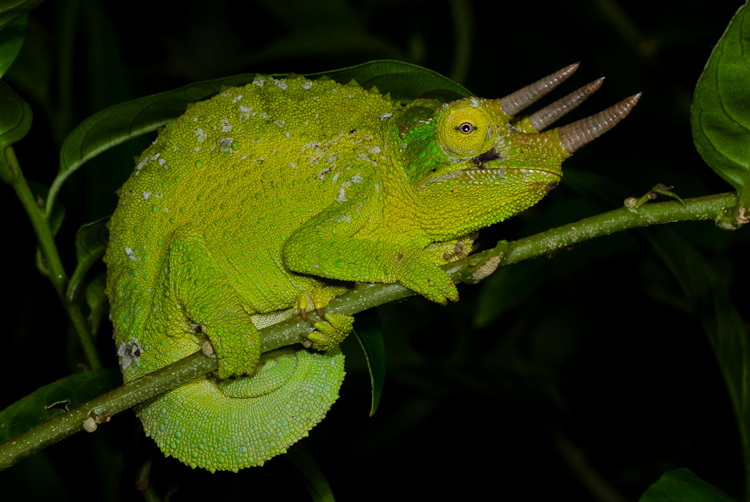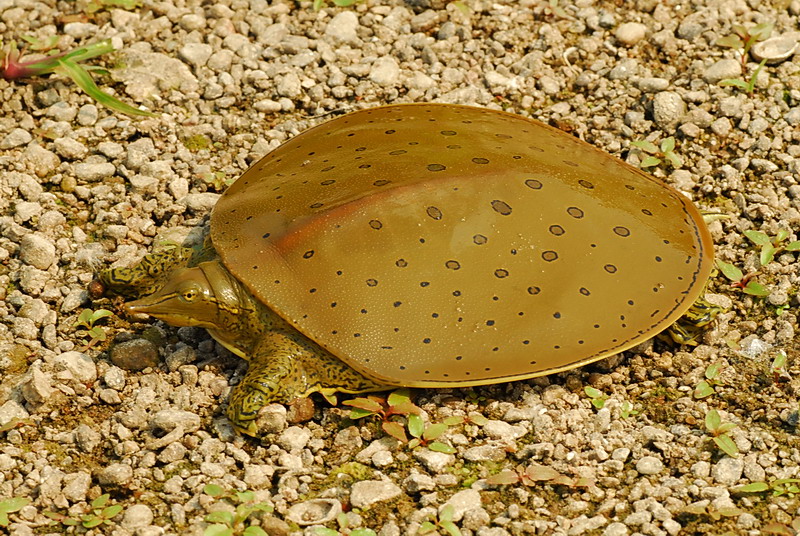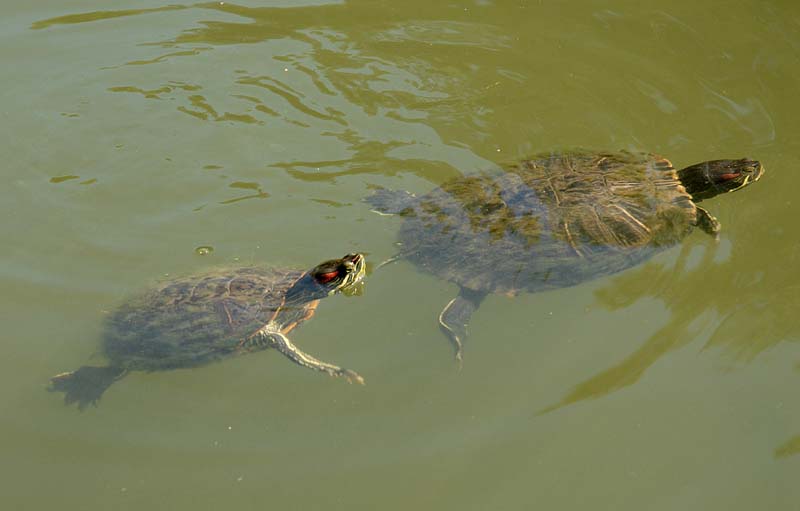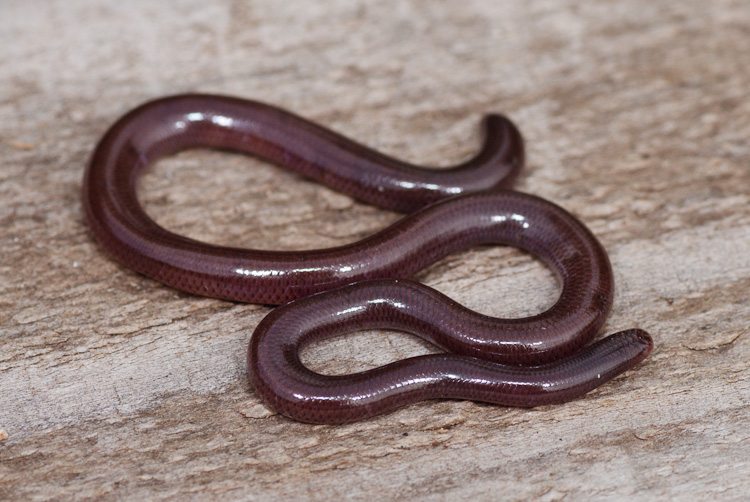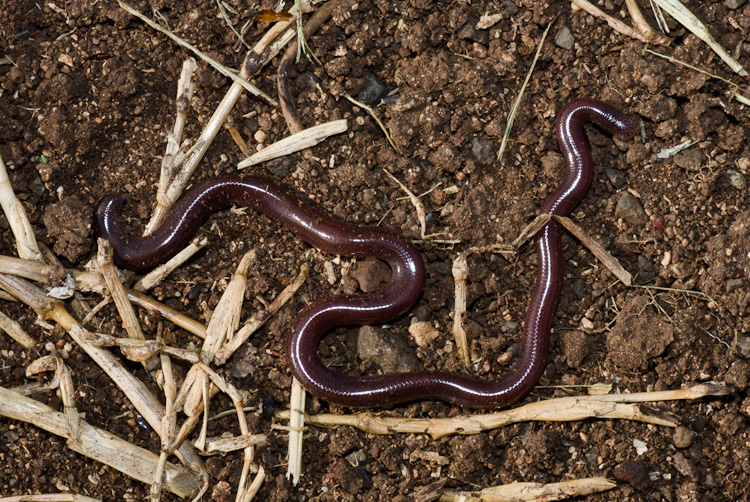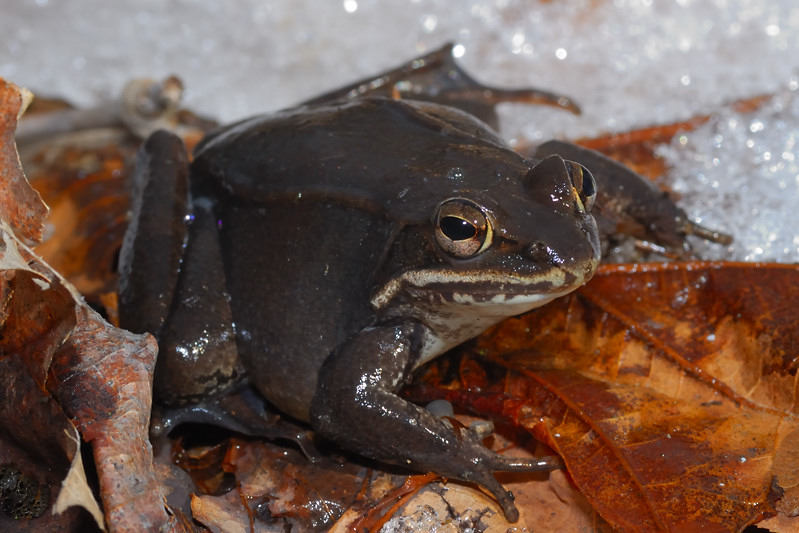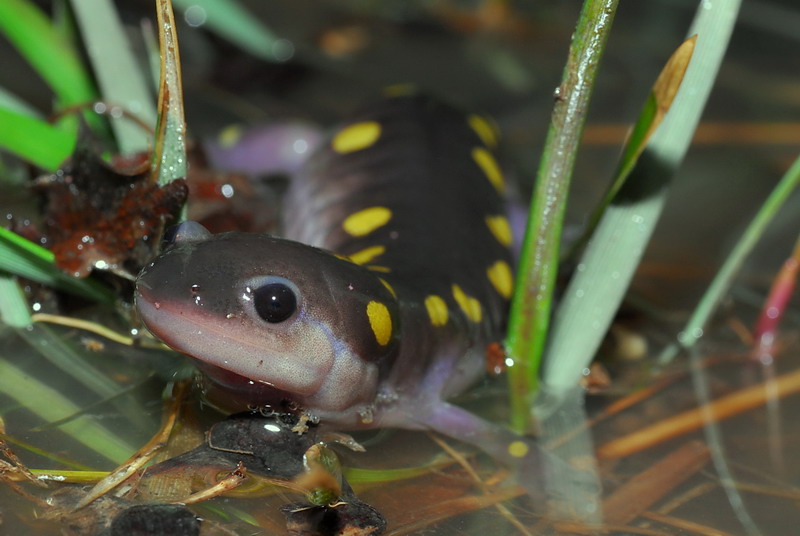I was sitting at work, one of the few times I snap back to reality while in Hawaii, when a buddy asked if I heard about "the cobra?" I had absolutely no idea what he was talking about. Just goes to show how isolated I can become when there is nice weather and outdoor activities to amuse myself...
Evidently, one of the Bronx Zoo's Egyptian cobras magically dissapeared. Anyone who has kept snakes know they have some remarkable abilities to squeeze in and out of tight places, but one hopes zoos keep a better lock on things. I understand accidents happen, but zoos are figureheads of the reptile community. In the publics mind, they make up the only legitimate party that should be able to keep venomous animals. It is harder and harder for other private keepers to do so, and this will just add more fuel to the fire of antivenom legislation. Unfortunately, just one more blow against the herp community in general.
It is virtually impossible this snake could survive the current outside temps in New York, and it poses no real threat to the public. It will likely turn up soon as predicted.
BH
Egyptian Cobra Breaks Jail!
LiveScience.com livescience.com – Mon Mar 28, 2:50 pm ET
A venomous Egyptian cobra is missing from the Bronx Zoo, forcing a shutdown of the reptile house while zoo officials search for the animal.
However, New Yorkers can breathe easy: Bronx Zoo officials say they are "confident" that the 20-inch (50 centimeter) long serpent is curled up somewhere dark and warm in an isolated, nonpublic area of the reptile building. With temperatures in New York hovering in the 30s and 40s (about 0 to 4 degrees Celsius), the snake is not likely to venture outdoors, said Stan Mays, the curator of herpetology at the Houston Zoo, who spoke to LiveScience about the species.
"That's a little cold for it to be out," Mays said.
Egyptian cobras grow to be about 6 feet (2 meters) long, Mays said. The cobras are rodent-eaters and pack a deadly bite: Their venom is a neurotoxin that can kill a person.
"They're not really something you want to be bitten by," Mays said. He said the Egyptian cobras he's worked with are "pretty feisty," though they seem to mellow with age.
Bronx Zoo officials declined to speak to LiveScience about the missing snake. In a written statement, zoo director Jim Breheny said the cobra is hunkered down in the building somewhere it feels safe.
"When the snake gets hungry or thirsty, it will start to move around the building," Breheny said. "Once that happens, it will be our best opportunity to recover it."
That could take time, Mays said. Snakes can go for months without eating and weeks without drinking. The Houston Zoo hasn't experienced any snake escapes, Mays said, but closing the building is "a wise precaution." The staff's best bet for finding the snake quickly, he said, is to patrol the building with a flashlight at night, when the cobra is more likely to move about.
If zoo staff has a good idea of where in the building the snake is, they could chill the area and set up a small heater nearby, Mays said. The warmth would draw the cobra out of its hiding spot. [Why We'll Always Fear Snakes]
Snake escapes aren't a common problem at zoos, Mays said. Reptile keepers do multiple lock checks to be sure snakes can't slither their way out of their enclosures, he added.
Amateur snake collectors aren't always so careful. In 2007, a Toronto man was sentenced to a year of jail time and ordered to pay a $17,000 fine after his Egyptian cobra got loose in a rented house. The house and its semi-attached neighboring home had to be evacuated for more than five months. Eventually, tenants moved back in, although the venomous escapee was never found.



